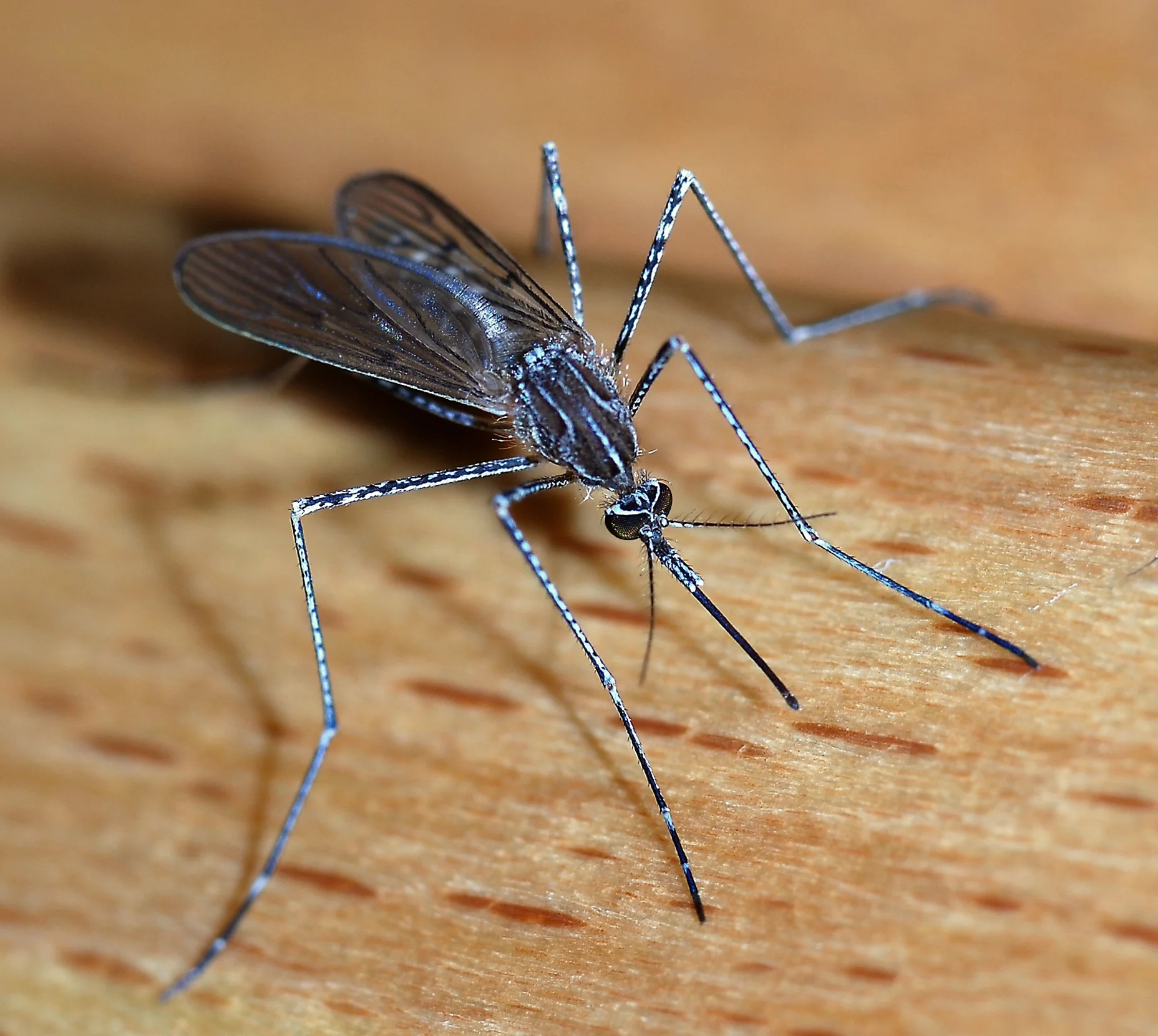Mold thrives everywhere in the environment but, do you know what happens if it enters our body during cold and flu season?
Mold thrives everywhere in the environment but, do you know what happens if it enters our body during cold and flu season?
Symptoms of Mold Sickness
As an irritant, symptoms from mold sickness are comparable to that of the common cold or even an allergy. Some of the symptoms experienced may be itchy or watery eyes, sneezing, itchy skin, and headache. If you notice these symptoms after entering a building repeatedly, the structure may have an issue with mold. Prolonged exposure to mold may cause symptoms to worsen. You may begin to experience constant headaches, weight loss, diarrhea, and vomiting. More serious effects caused from mold might be chronic fatigue, bronchitis and sinus infections along with short-term memory loss. If you experience any of these symptoms, see your physician immediately.
Are you exposed to mold?
Mold is typically hidden deep inside walls or floors. Mold can be found in basements, HVAC ducts and behind cabinets. Mold results from moisture becoming trapped in these areas so it's best to get a professional inspection from Gladhill Services.
f you want to know more about mold or our removal process click here








